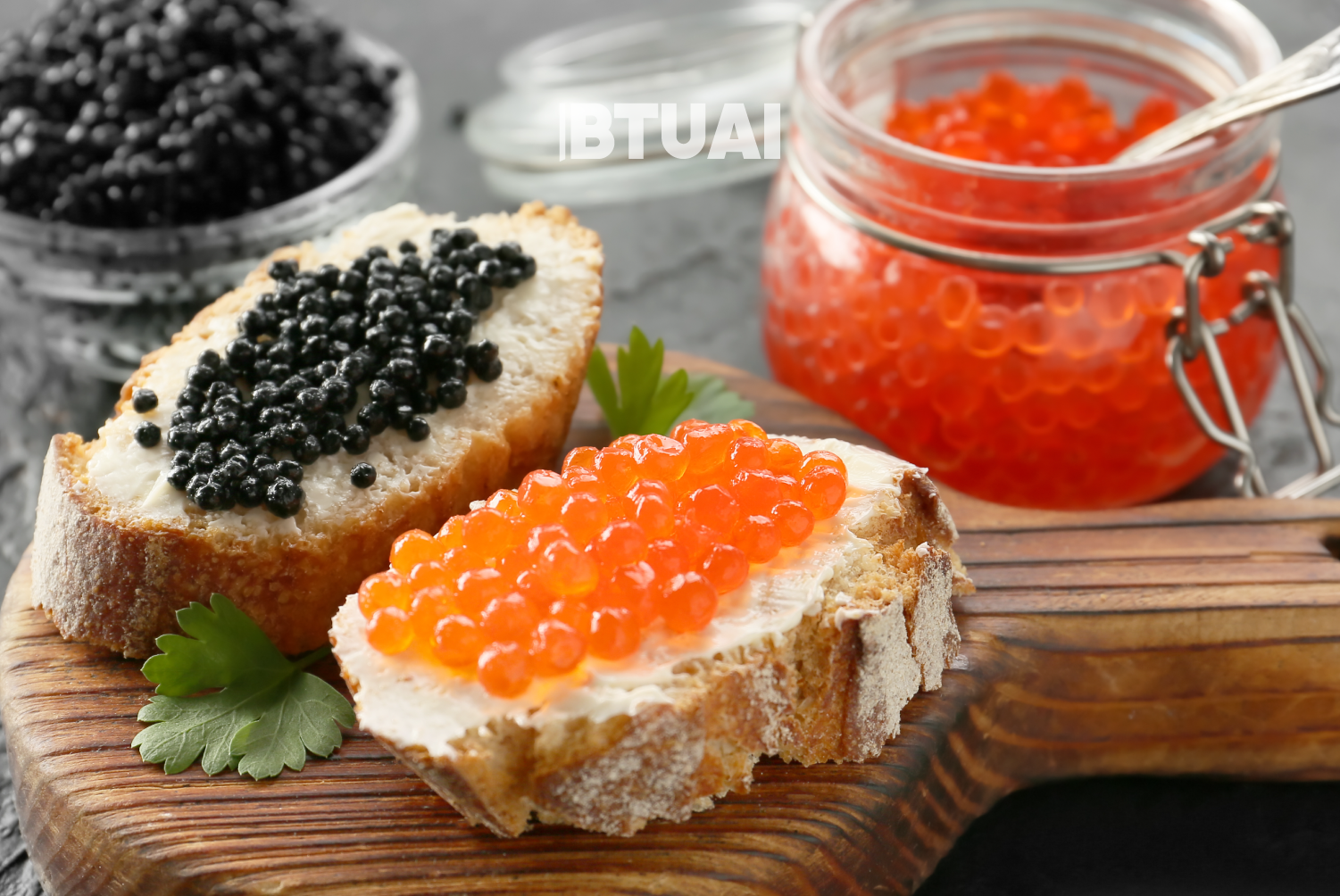Black or Red? What Determines Caviar Prices and Georgia’s Import Trends
Caviar is one of the most prestigious products, with prices reaching hundreds or even thousands of dollars. However, not

Caviar is one of the most prestigious products, with prices reaching hundreds or even thousands of dollars. However, not all caviar is the same—there is traditional sturgeon caviar and its substitutes, which differ significantly in price and characteristics. But why is one so expensive while the other is more affordable? And what do Georgia’s caviar import trends reveal in recent years?
Traditional black caviar comes from sturgeon species and is considered a true elite product. Its price is high for several reasons. Sturgeon takes 10-15 years to mature before caviar production is possible. Wild sturgeon populations have declined, leading to strict regulations on harvesting. In the premium culinary world, sturgeon caviar is valued for its unique texture and rich flavor.
Meanwhile, there are caviar substitutes, mainly salmon roe (red caviar) and other fish roe, such as tuna, carp, and tobiko. Their price is significantly lower because their production is much faster—salmon and other species mature much more quickly. Demand is high, but these substitutes do not hold the same prestige as sturgeon caviar. However, substitutes are not always red. Some varieties, such as lamprey or bowfin roe, are black and visually resemble sturgeon caviar. Tobiko, on the other hand, comes in various colors, including orange, black, green, and yellow.
Georgia’s caviar imports (according to Geostat data) show a sharp contrast between the two categories. From 2015 to 2024, sturgeon caviar imports remained consistently low, ranging between 50,000 and 180,000 USD per year. This indicates that its consumers are mainly high-income individuals and elite restaurants.
In contrast, imports of substitutes are significantly higher. In 2022, imports peaked at 2.9 million USD, dropped to 1.8 million in 2023, and further declined to 1.5 million USD in 2024.




